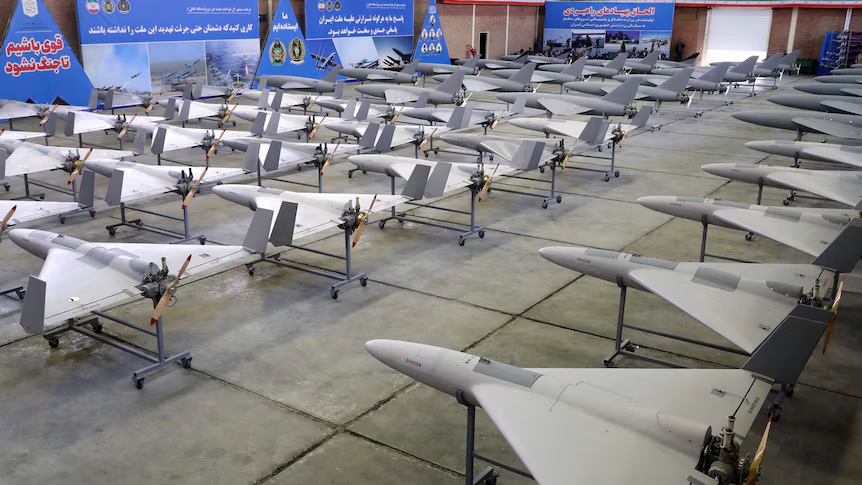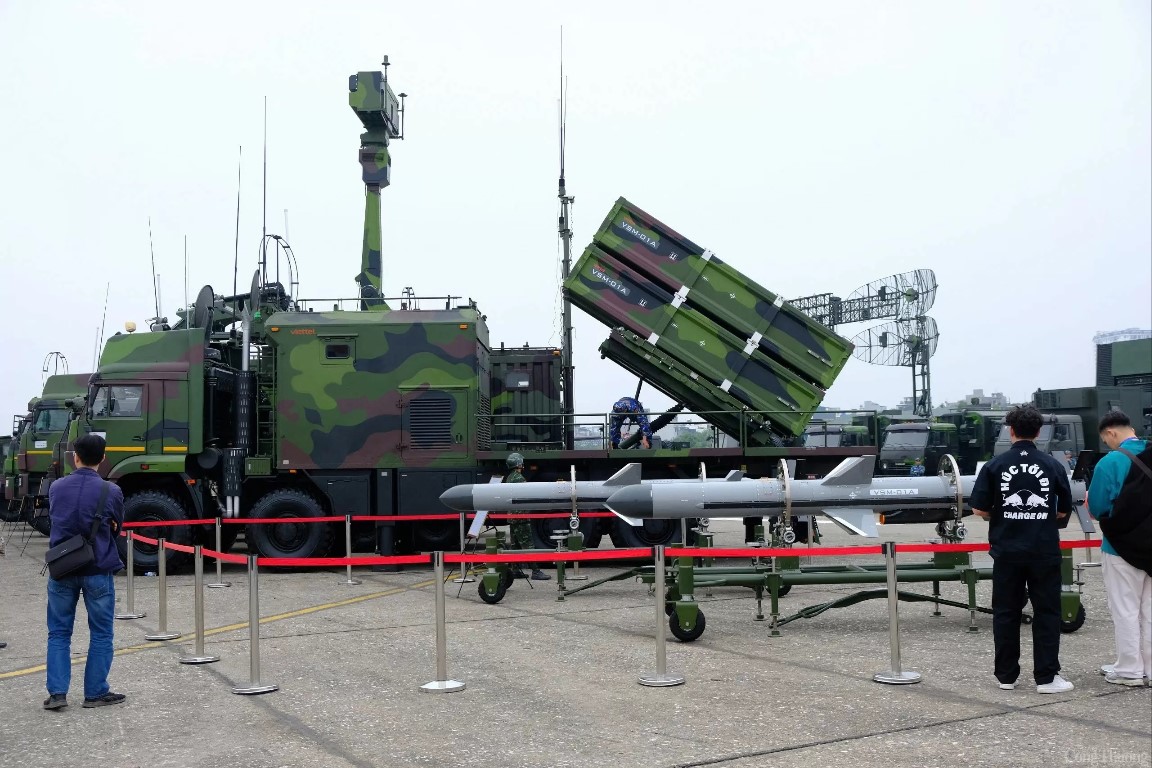China Launches Mystery Reusable Spaceplane for Third Time, Maintains Strict Secrecy

Space News - China has successfully launched its experimental reusable spacecraft for the third time, maintaining a shroud of secrecy around the mission. The Long March 2F rocket took off from the Jiuquan Satellite Launch Center in the Gobi Desert on December 14, deploying a "reusable test spacecraft" into low Earth orbit, as reported by Chinese state media Xinhua.
While airspace closure notices hinted at a launch around 10:00 a.m. Eastern (1500 UTC), the exact time was not provided in the report, which surfaced within an hour of the expected launch. The brief statement indicated that the test spacecraft would "operate in orbit for a period of time" before returning to its designated landing site in China. Machine translation of the report revealed plans for reusable technology verification and space science experiments during this orbital operation, aiming to support the peaceful use of space.
Notably, the interval between the spacecraft second and third missions is relatively short, just over seven months, following a 276-day-long second mission that concluded earlier. This suggests progress in the reusability aspects of the spacecraft, developed by the China Aerospace Science and Technology Corporation (CASC).
Despite the lack of official details, the suspected spaceplane, launched vertically on a Long March 2F rocket typically used for Shenzhou crewed missions, is speculated to be comparable in size and function to the U.S. Air Force X-37B spaceplane. Recovered images of payload fairing wreckage from the second launch posted on Sina Weibo provide potential insights into the spacecraft dimensions and shape.
Previous missions involved satellite deployment and various experiments, both scientific and otherwise. The third flight is expected to have a distinct scope, further testing the spacecraft capabilities.
The reusable spacecraft may be part of a broader strategy involving a reusable suborbital first stage. CASC aims to develop a fully reusable, two-stage-to-orbit (TSTO) space transportation system, with national-level funding acquired for the spaceplane project.
In the context of Sino-U.S. space competition, China efforts align with its ambition to become a major spacefaring nation, in line with President Xi Jinping national goal. The opaque nature of both the Chinese and Boeing X-37B projects suggests common missions, emphasizing experimentation, technology testing, and potential operational practices.
As part of China broader space endeavors, CASIC, a sister defense and space contractor, is working on its own TSTO spaceplane named Tengyun. Additionally, Chinese commercial firm Space Transportation has secured funding for hypersonic spaceplane plans, targeting space tourism test flights by 2025.
China ongoing efforts to enhance its space capabilities include private capital infusion into the sector since 2014, fostering a commercial space industry. Reusable rocket capabilities are being explored through hop tests at Jiuquan by commercial launch firms. Meanwhile, CASC is developing a super heavy-lift reusable launch vehicle named Long March 9, with the potentially reusable first stage of the Long March 10 intended for crewed lunar missions. The overarching goal is to increase China flexibility and range of access to space.


